Mouse Cursor Disappeared on Mac, How to Fix?

(updated)
Get Free Scanner and check your computer for errors
Fix It NowTo fix found issues, you have to purchase the full version of Combo Cleaner. Free trial available. Combo Cleaner is owned and operated by Rcs Lt, the parent company of PCRisk.com read more.
The Mouse Pointer Disappeared or Became Invisible on a Mac Computer, How to Fix It?
You might occasionally experience problems when their mouse pointers disappear and the mouse doesn't work. However, moving the mouse by dragging or clicking the left or right buttons repeatedly reveals that buttons and functions are actually working, and the cursor is simply invisible. Although the mouse is still working, it is obviously complicated to work without a pointer.

The problem might be related to a lack of available memory. For example, when using multiple monitors, running apps such as Photoshop, Chrome, or Safari with several open browser tabs, especially if combined with additional display devices.
Although you might have encountered a disappearing pointer for no particular or logical reason, there are several ways to enable you to complete your work and return the cursor. You'll find the tips below.
Table of Contents:
- Introduction
- Keyboard shortcuts
- List of quick tips to bring your cursor back
- Basic steps to solve your disappeared cursor problem
- Ask Siri to help you bring back the pointer
- Create a new Hotkey Via Mission Control
Download Computer Malware Repair Tool
It is recommended to run a free scan with Combo Cleaner - a tool to detect viruses and malware on your device. You will need to purchase the full version to remove infections. Free trial available. Combo Cleaner is owned and operated by Rcs Lt, the parent company of PCRisk.com read more.
Keyboard shortcuts
Start with keyboard shortcuts - these might help you finish or save your work until you find a way to return the mouse cursor. Many experienced Mac users employ keyboard shortcuts since it is a faster and more efficient way to work.
Basic keyboard shortcuts
- Copy = Command +C
- Cut = Command +X
- Paste = Command +V
- Undo = Command +Z
- Redo = Command +SHIFT+Z
- Select All = Command +A
- Find = Command +F
- New (Window or Document) = Command +N
- Close (Window or Document) = Command +W
- Save = Command +S Print = Command +P
The most useful shortcuts
- Open = Command +O
- Switch Application = Command +Tab
- Swap Windows in current application = Command +~
- Switch Tabs in current application = Control+Tab
- Minimize = Command +M
- Quit = Command +Q
- Force Quit = Option+Command +Esc
- Spotlight = Command +Spacebar
- Open Application Preferences = Command +Comma (,)
- Force Restart = Control+Command +Power Button
- Quit All Apps and Shutdown = Control+Option+Command +Power Button (or Media Eject )
List of quick tips to bring your cursor back
- 1. Resize the mouse or trackpad on-screen cursor to a larger size.
- 2. Move the mouse down to the Dock, wait few seconds, and then move up to the screen center.
- 3. Call Siri for help locating the mouse on-screen or increasing the cursor size to help you find it.
- 4. Switch the active window by pressing the Command (⌘) and Tab keys.
- 5. Create a new hotkey in Mission Control.
- 6. Check battery levels for wireless mice and trackpads.
- 7. Turn on the Shake Mouse Pointer to Locate option under accessibility preference.
- 8. Click and drag or right-click to make your mouse pointer visible.
- 9. Try using a finger gesture on the trackpad.
- 10. Enter the Force Quit applications menu or force restart the computer.
- 11. Reset the NVRAM or PRAM on Mac.
Basic steps to solve your disappeared cursor problem
Restarting is a common solution to many problems encountered when working with Mac computers. If clicking around the screen did not recover the cursor, and you cannot restart the Mac, follow the steps below.
Ensure there are no connection or interactive issues
If you are using a wireless mouse, check the battery status and that it is turned on. If using a mousepad, try a solid color rather than multicolored or patterned, confusing the mouse. If you have configured interactive corners on the screen, try to move the mouse into one of them - this simple step often returns the cursor. Some people report that even without enabled interactive corners, opening Mission Control restores pointer visibility.
Adjust System Preferences
Increasing the size of the pointer often makes it visible.
1. To change the size of the cursor, go to System Preferences and choose Accessibility.
2. Select Display from the left side of the window and adjust Cursor size.
3. Also, enable the Shake mouse pointer to the locate option - this will automatically increase the pointer's size temporarily and sometimes return the cursor.
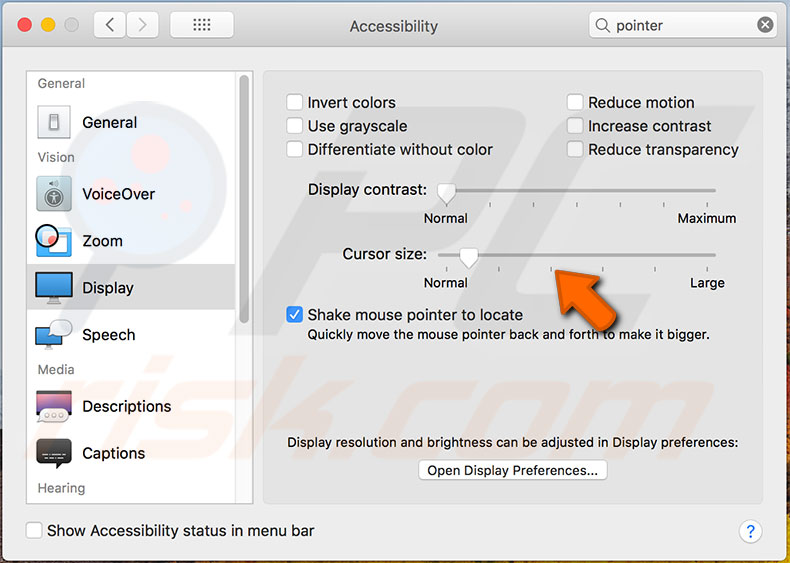
Switch active apps using the shortcut
If moving the mouse does not return the cursor, attempt to switch between active windows.
Click the Command and Tab keys. This step often solves the problem, especially if it is related to a bug in the application. Switch several times and check if the mouse cursor returns.
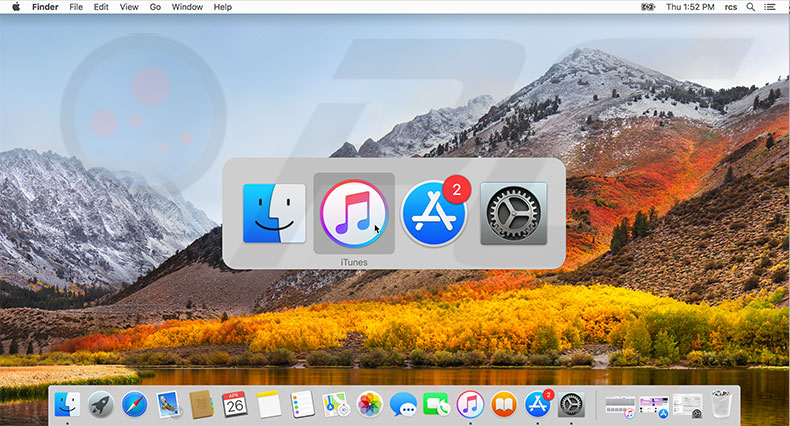
Visit the Dock or Menu bar
When the cursor becomes invisible, moving it to the Dock (usually located at the bottom of the screen) is probably the simplest method to return it. This is sometimes enough to cure the problem. Alternatively, move the mouse to the Menu bar (located at the top of the screen) and click anywhere to restore visibility.

Use the Trackpad or Touchpad
1. If you have a trackpad or touchpad, try to use a three-finger swipe to the right to open the Widgets menu.
2. Wait from 10 to 20 seconds and then swipe left to return to the Finder window. The cursor should return.
Alternatively, try using a four-finger swipe up and down function or double-click with two fingers on Trackpads or Touchpads to return the pointer.
Reset NVRAM
NVRAM (non-volatile random-access memory) is a small section of Mac memory that stores specific settings in a location accessible to the macOS. NVRAM stores speaker volume, screen resolution, start-up disk selection, and any recent kernel panic reports.
1. To reset the NVRAM, shut down the Mac.
2. Turn it on, and after you hear a loading chime, simultaneously hold the Option, Command, P, and R buttons.
3. Keep holding this combination for at least 20 seconds. The computer should appear to be restarting. If you hear the start-up chime again, release the buttons.
Enter Force Quit menu
Entering the force quit applications menu is often enough to return the pointer. You do not need to close any running apps - simply press the combination of Command, Option, and Escape, and the cursor will return. Alternatively, if this does not work, use a keyboard shortcut to restart the Mac: Command, Control, and Power button.
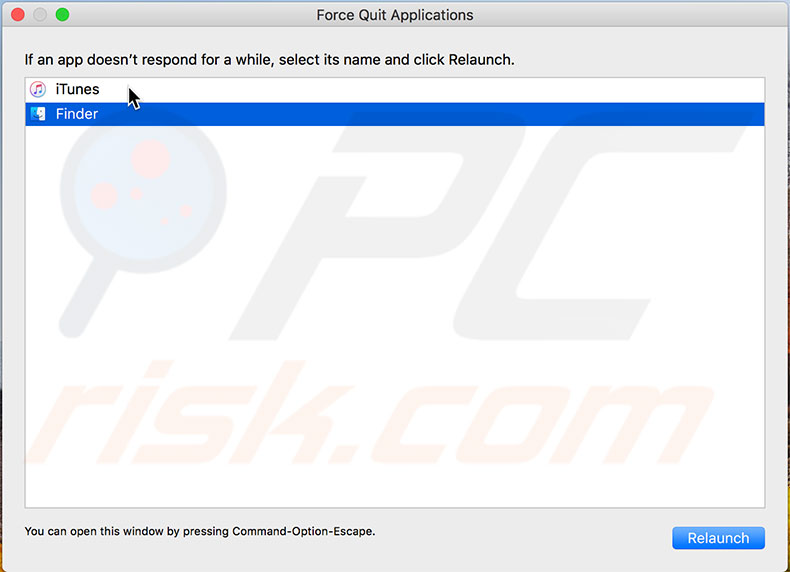
Use third-party applications
If you are an experienced Mac user, you will know that App Store offers many applications for virtually any situation (including invisible cursor). There are several mouse locating apps that claim to swiftly find the cursor. Just type mouse locator via App Store and choose one to suit.
Ask Siri to help you bring back the pointer
Apple released Siri on Mac computers and macOS Sierra, so you can ask her to complete outstanding tasks while the cursor is invisible. If Siri is enabled on your computer (and you have not changed the shortcuts to access her), try the default shortcut of Command/Option/Function and Spacebar. When Siri launches, ask her to increase the size of the cursor (this might return the mouse pointer).
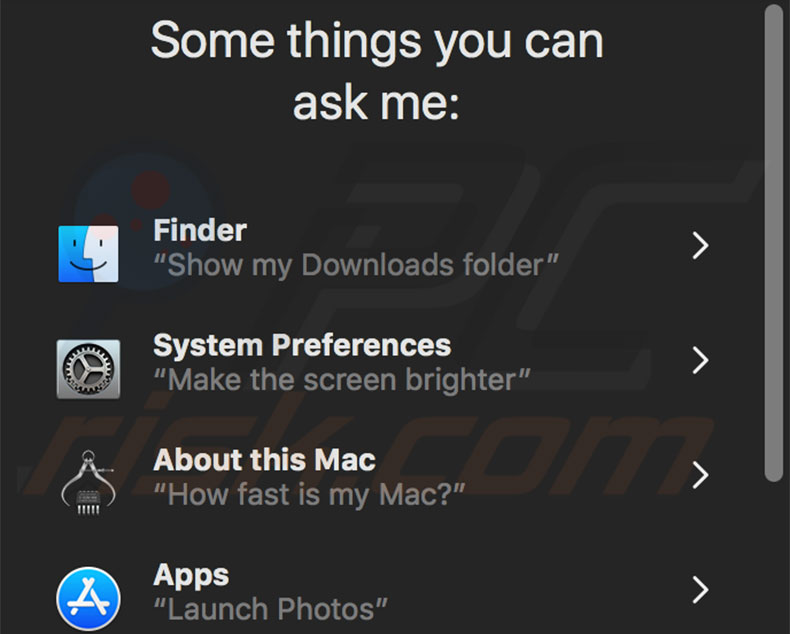
Create a new Hotkey Via Mission Control
Another quick and easy step is to assign a new hotkey to bring up the dashboard as an overlay. Clicking the new hotkey twice will often return the cursor.
1. To set up a new key, open Mac's System Preferences and choose Mission Control.
2. In the opened window, find the Show Dashboard option and click on the drop-down menu next to it.
3. Then, choose your preferred key.
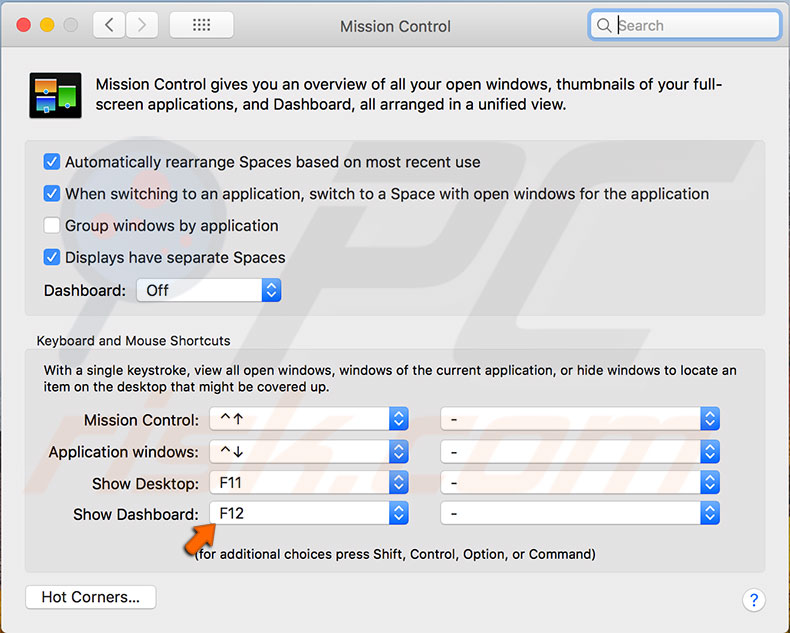
Share:

Karolina Peistariene
Author of how-to guides for Mac users
Responsible for collecting, analyzing, and presenting problem-solving solution articles related to macOS issues. Years of macOS experience combined with solid research and analyzing skills help Karolina provide readers with working and helpful solutions as well as introduce various features Mac has to offer.
▼ Show Discussion